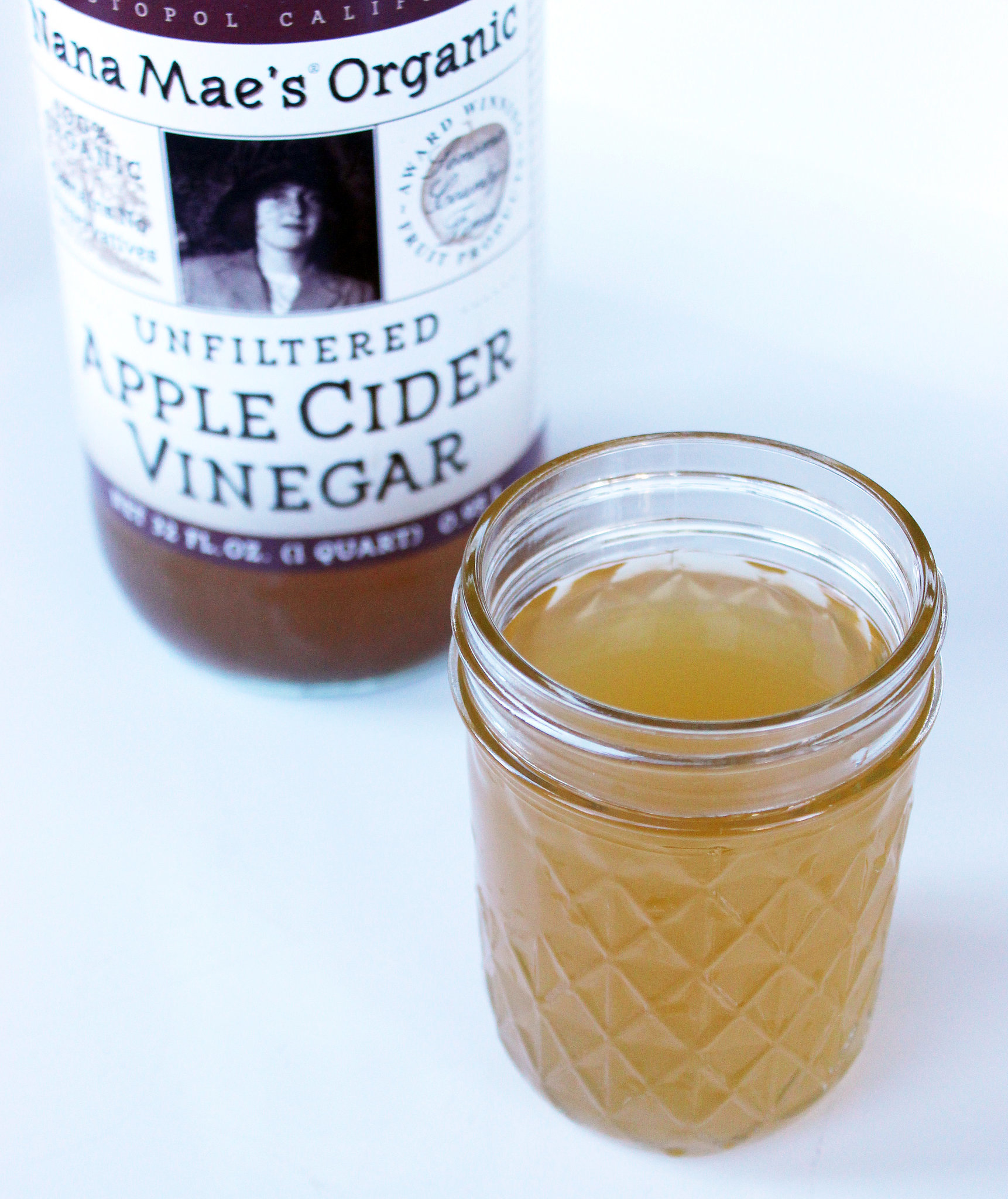- © 2016 American Society for Nutrition
- Sally Chiu4,
- Nathalie Bergeron4,5,
- Paul T Williams4,
- George A Bray4,
- Barbara Sutherland4, and
- Ronald M Krauss4,*
4Children’s Hospital Oakland Research Institute, Oakland, CA; and
5College of Pharmacy, Touro University California, Vallejo, CA
- ↵*To whom correspondence should be addressed. E-mail. rkrauss{at}chori.org.
Abstract
Background: The DASH (Dietary Approaches to Stop Hypertension) dietary pattern, which is high in fruit, vegetables, and low-fat dairy foods, significantly lowers blood pressure as well as low-density lipoprotein (LDL) and high-density lipoprotein (HDL) cholesterol.
Objective: The study was designed to test the effects of substituting full-fat for low-fat dairy foods in the DASH diet, with a corresponding increase in fat and a reduction in sugar intake, on blood pressure and plasma lipids and lipoproteins.
Design: This was a 3-period randomized crossover trial in free-living healthy individuals who consumed in random order a control diet, a standard DASH diet, and a higher-fat, lower-carbohydrate modification of the DASH diet (HF-DASH diet) for 3 wk each, separated by 2-wk washout periods. Laboratory measurements, which included lipoprotein particle concentrations determined by ion mobility, were made at the end of each experimental diet.
Results: Thirty-six participants completed all 3 dietary periods. Blood pressure was reduced similarly with the DASH and HF-DASH diets compared with the control diet. The HF-DASH diet significantly reduced triglycerides and large and medium very-low-density lipoprotein (VLDL) particle concentrations and increased LDL peak particle diameter compared with the DASH diet. The DASH diet, but not the HF-DASH diet, significantly reduced LDL cholesterol, HDL cholesterol, apolipoprotein A-I, intermediate-density lipoprotein and large LDL particles, and LDL peak diameter compared with the control diet.
Conclusions: The HF-DASH diet lowered blood pressure to the same extent as the DASH diet but also reduced plasma triglyceride and VLDL concentrations without significantly increasing LDL cholesterol. This trial was registered at clinicaltrials.gov as NCT01404897.
Keywords:
- Received September 10, 2015.
- Accepted December 4, 2015.





